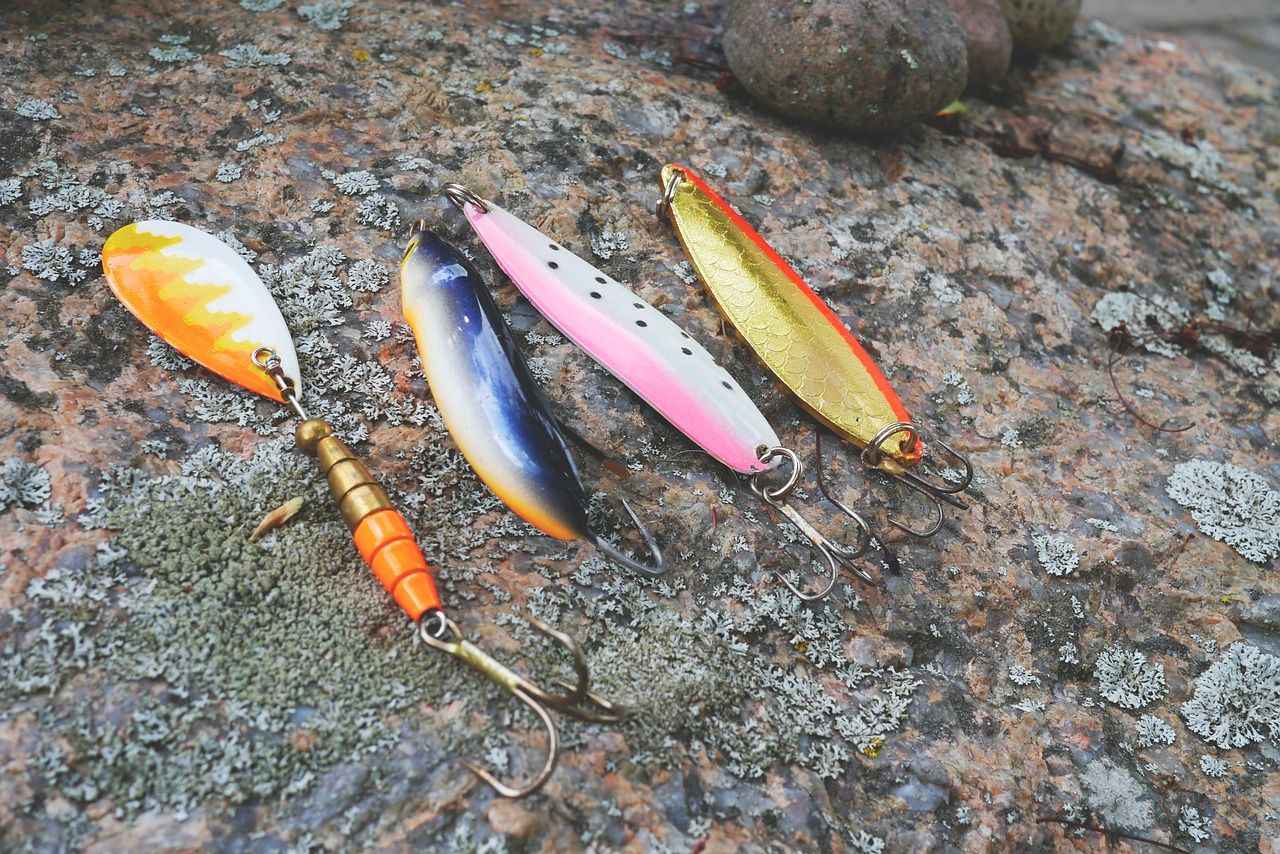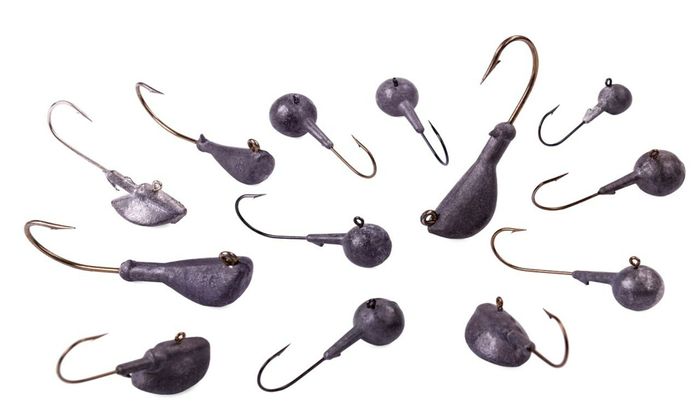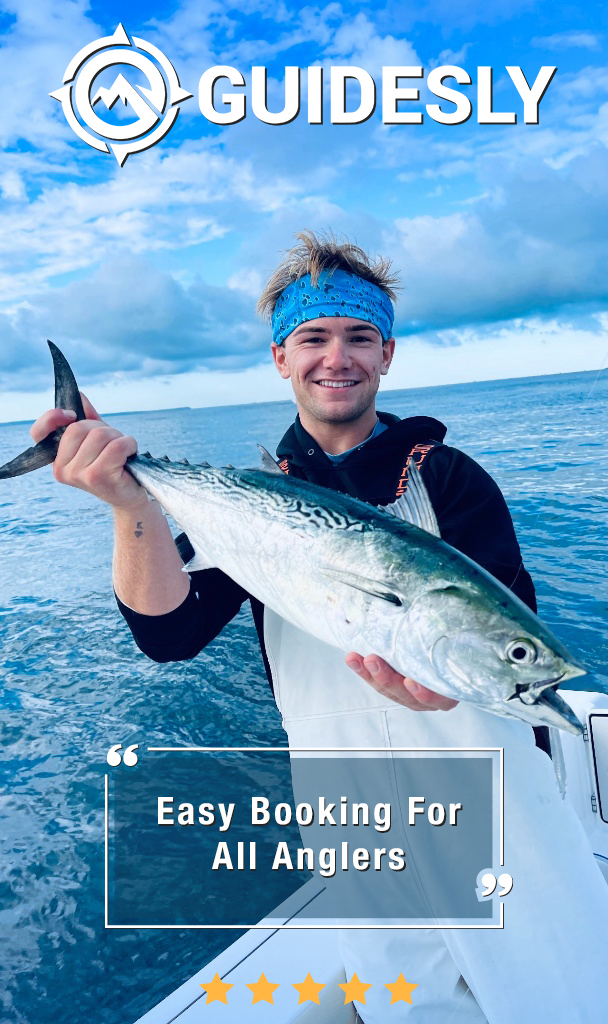Fishing Hooks: 10 Important Things You Need to Know
Fishing hooks are essential tools in an angler's setup. Learn the 10 most important things you need to know about these tools in this article.

One of the most crucial parts of an angler’s setup is his selection of fishing hooks. Fishing hooks may be some of the smallest tools in any fisherman’s kit, but they can undeniably make or break a fishing trip. This is especially true if you’re looking to catch a particular fish. Just imagine how heartbreaking and frustrating it will be to come to a great fishing destination and not have the right hook to land that trophy fish.
Having a great selection of fishing hooks is useless, though, if you don’t know the basics of this vital tool. So in this list, we’ve compiled ten important things you need to know about fishing hooks.
Ten Important Things About Fishing Hooks

1. There Are Many Types of Fishing Hooks, but They Share the Same Parts
Knowing the essential parts of a hook should help you determine the correct pattern you should use for your target catch.

Point: the sharp end that lets you ‘hook’ the fish’s mouth
Barb: the extended part of the point that projects backward that helps set the hook
Eye: the round portion where you connect the hook to the line
Bend: the curved shape of the hook
Shank: the part where the bend and the eye connect
Gap: the stretch separating the shank and the point

2. The Point is the Most Important Part of a Fishing Hook
The point of a fishing hook — its profile and length — will determine how well your fishing hook can penetrate the flesh of the fish.
There are different types of hook points. If you’re looking to practice catch-and-release, you need a needlepoint that doesn’t cause much damage to the fish as it pierces easily and doesn’t make such a huge hole. If you’re trying to catch lively fish that are likely to thrash about, rolled-in points are your hooks. And if you’re in for some trophy table fare, you can use knife-edge points.
3. The Eye of the Hook is Crucial for Specialized Sportfishing
The common type of hook eye is the simple ringed eye, as it works with a variety of knots. But if you’re practicing a particular technique, you should look into specific eyes made for specialized knots and tying styles. Serious sport anglers usually use a brazed eye to catch trophy fish. Dry fly fishers use a tapered eye that helps keep the dry fly floating properly. On the other hand, Wet fly anglers use a looped eye for extra weight to their flies.
4. Use Barbed Hooks for Table Fare, Barbless for Catch-and-Release
Barbed hooks help you land that fish more quickly as the barb helps set the hook. However, they cause a lot of damage to the fish and are harder to remove. That’s why it’s advisable to use barbed hooks only if you’re planning to eat your catch. Otherwise, going barbless is advisable (and in some states even required) if you’re planning to catch and release your fish.
5. Fish Hook Sizes: From 32 to 1/ From 1/0 to 19:0
From hook sizes 32 to 1:
32 is the smallest
1 the biggest
From hook sizes 1/0 to 19/0:
1/0 is the smallest
19/0 is the biggest
In short, fish hook size 32 is the smallest, 19/0 is the biggest. The sizes above 1/0 are usually used for saltwater fish and trophy-sized fish, while sizes 10 to 1 are typically used for freshwater fish.
6. The Most Popular Hook Types Are J-Hooks and Circle Hooks
J-hooks are popular because they fit nicely into a fish’s mouth. Since time immemorial, they have been around and can be used for any fish. To choose the right J-hook for your catch, know the mouth size of your target. Like bluegill, smaller fish mouths require smaller hooks, while species like northern pike have larger mouths and need a bigger hook. If the water body you’re fishing carries a variety of species, it’s best to have a selection of J-hook sizes.
Circle hooks are best used for catch-and-release. They look pretty similar to the J-hook but have a wider bend and a point that directly points to the shank. This shape allows you to hook the fish by the lip, making it easier to remove.
There are many other fish hooks that you can look into once you grow as an angler. Try the wide gape hook if you’re looking to catch bigger fish. The Aberdeen hook is an excellent choice if you’re deep-sea fishing, especially if you’re using live bait. If you’re seeking to catch carp, the long shank is a great option.
7. Different Types of Hooks Require Different Ways of Setting
Setting the hook is essentially the process of penetrating the flesh of the fish’s mouth with the point. So it goes without saying that different types of hooks have different ways of setting.
For instance, when setting the J-hook, you need to point the rod at the fish, tighten the line, and then sharply jerk the rod in your direction. The key here is to do it as quickly as possible to help avoid swallowed hooks that can lead to fish death.
With circle hooks, you do the exact opposite. You should gradually increase the pressure once the hook is in the fish’s mouth to guide the point to turn and set in the lip area.
However, it should be said that other species may require different hook set tactics. So it’s important to know your target catch and the specific way your fishing hook sets.
8. Maintaining the Sharpness of Your Hook Point Is Important
Having a sharp hook is vital for two reasons: it helps you avoid losing your catch and enables you to avoid causing too much damage to the mouth of the fish you’re catching. You can keep your fishing hooks sharp by sharpening them with a clamp and a file. Some hooks are sharp upon purchase, while others may need a bit of buffing, so remember to check your hooks before using them.
9. Check for Hook Strength
Hook strengths come in three categories: heavy, medium, or light gauge. Hooks sizes 26 to 20 are light and can be used for small fish. If you’re looking to catch big fish or fish that put up a lot of fight, make sure you’re using hooks with a heavy gauge that can withstand the best of them.
10. Always Pack a Disgorger
Fishing hooks are made from different materials. If you’re using stainless steel hooks, make sure never to leave them in the fish’s mouth as they will not disintegrate in your fish’s throat.



